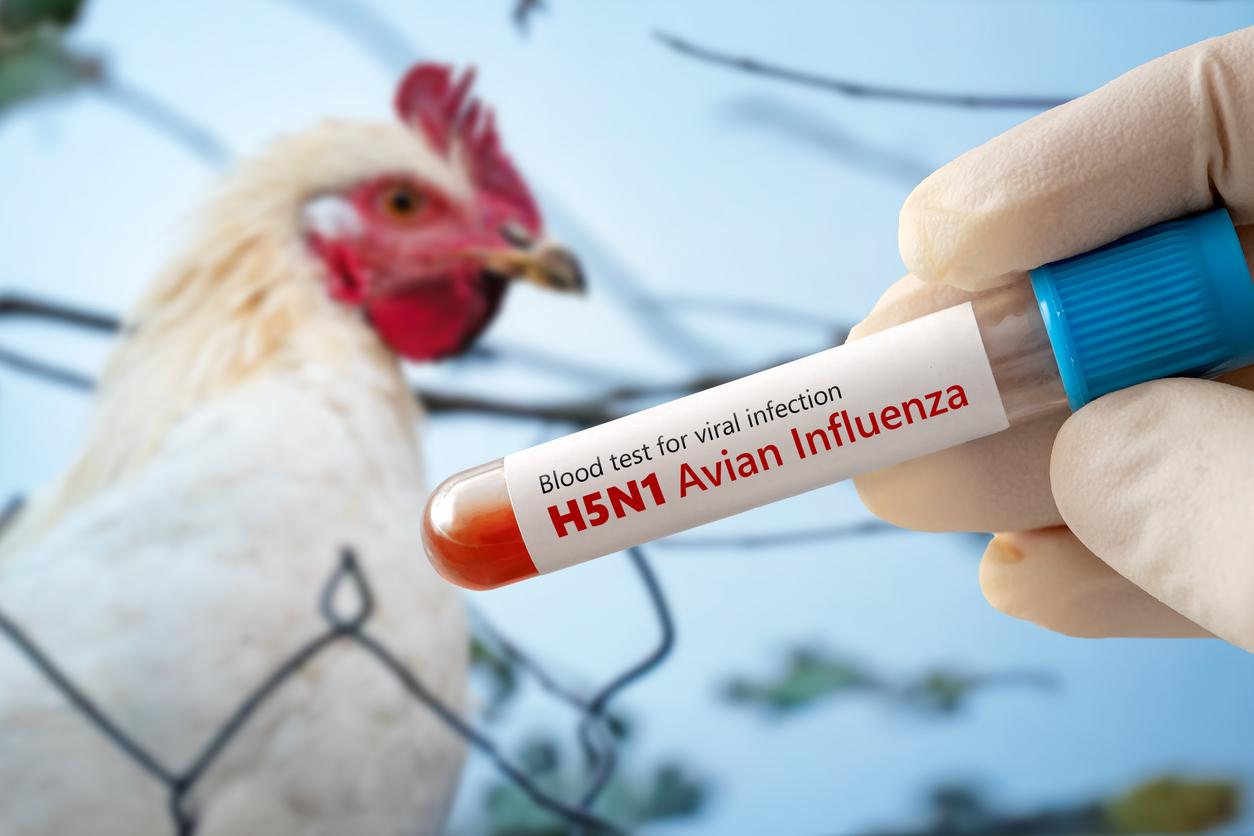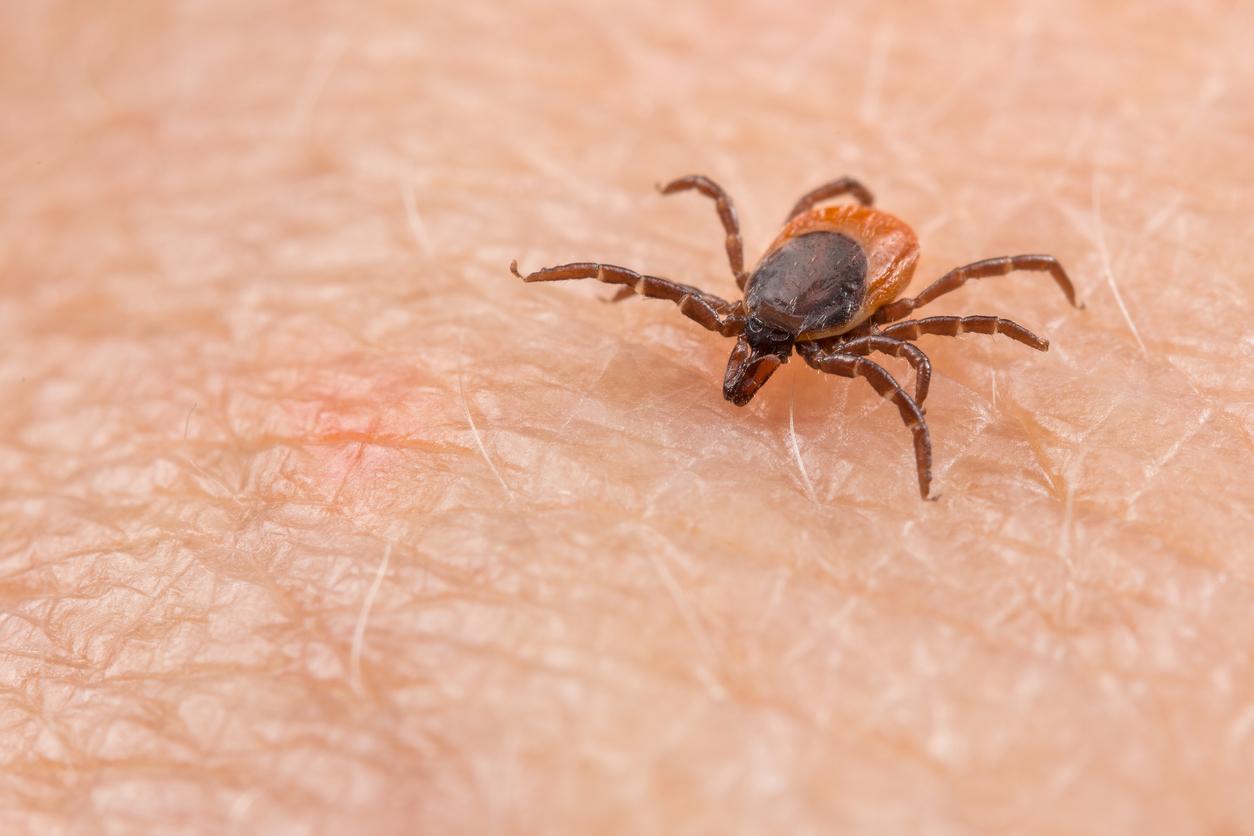
Healthy autumn nuts
Autumn is the season in which you can enjoy chestnuts. From October, the spiky husks containing large nuts fall from the trees. Pick them up in the forest and use them in a delicious autumn recipe.
Although wild and sweet chestnuts are often confused with each other, they belong to different plant genera. The sweet chestnut (Castanea sativa) belongs to the beech family. The wild variety (Aesculus hippocastanum), also known as horse chestnut, is part of the Aesculus family. Only sweet chestnuts can be eaten.
Difference tame and wild
Horse chestnuts can be recognized by the large leaves in the shape of a hand with five to seven ‘fingers’. They have a husk with short spines, which do not sting as much. The husk contains only one chestnut, which is completely round. Wild chestnuts are very bitter and inedible.
The trees that bear edible chestnuts have elongated, toothed leaves. Sweet chestnuts have a husk with many, long, fine spines, like a hedgehog. The bolster sometimes contains three nuts. These edible chestnuts are not completely round, but have a flat side and a tip with a white plume.
Healthy properties
Chestnuts are a lot less fat than other nuts. It does contain the necessary carbohydrates, fiber and protein. They contain vitamins from the B group, vitamin E, potassium, folic acid and zinc. A 100 gram portion of chestnuts provides about 185 kilocalories.
All kinds of medicinal properties are also attributed to chestnuts, but this concerns the wild variety. For example, a tincture of horse chestnuts would keep the veins clean and supple. Carrying a chestnut in the pocket is an old folk custom to rheumatic complaints to decrease. In addition, chestnut puree is a home remedy for dry skin.
Pop or roast
You can strip chestnuts from their brown skin and eat them raw right away. They are then nutty. They taste even better if you roast, roast or boil them first.
Make a cross in the top of the chestnuts with a sharp knife. Then put them in an oven that has been preheated to 200 degrees Celsius for about 15 minutes, until the skin bursts. You can do the same in a pan with a knob of butter on a medium heat or in the ashes of the fireplace. Or boil them in a pan of water for ten minutes. Peel the chestnuts while they are still warm to make it easier. Often a film remains behind which is difficult to remove. You can leave that membrane on, but it has a somewhat bitter taste.
Chestnuts are delicious with winter vegetables such as red cabbage and Brussels sprouts. A puree of chestnuts goes well with game dishes. Thanks to their sweet taste, you can also use them in desserts and cakes.
Buy and keep
If there is no sweet chestnut tree in your area, you can go to well-stocked supermarkets and health food stores from October to December. You can also find them on markets, in tokos and Turkish shops. Dried chestnuts and chestnut paste and puree are available all year round.
Store fresh chestnuts at room temperature for no more than a week, in a dry place. If you are not sure whether they are still good, put them in a bowl of water. Chestnuts that float to the top are dried out or eaten inside by insects. The chestnuts that sink are still okay.
Sources):











